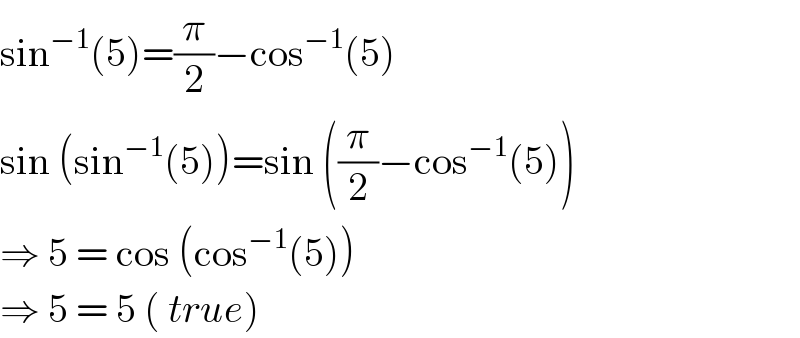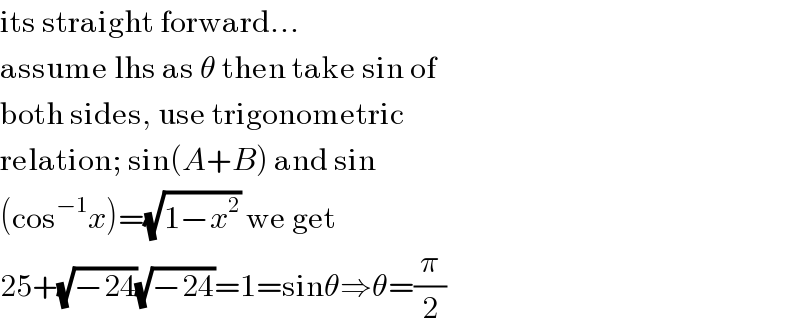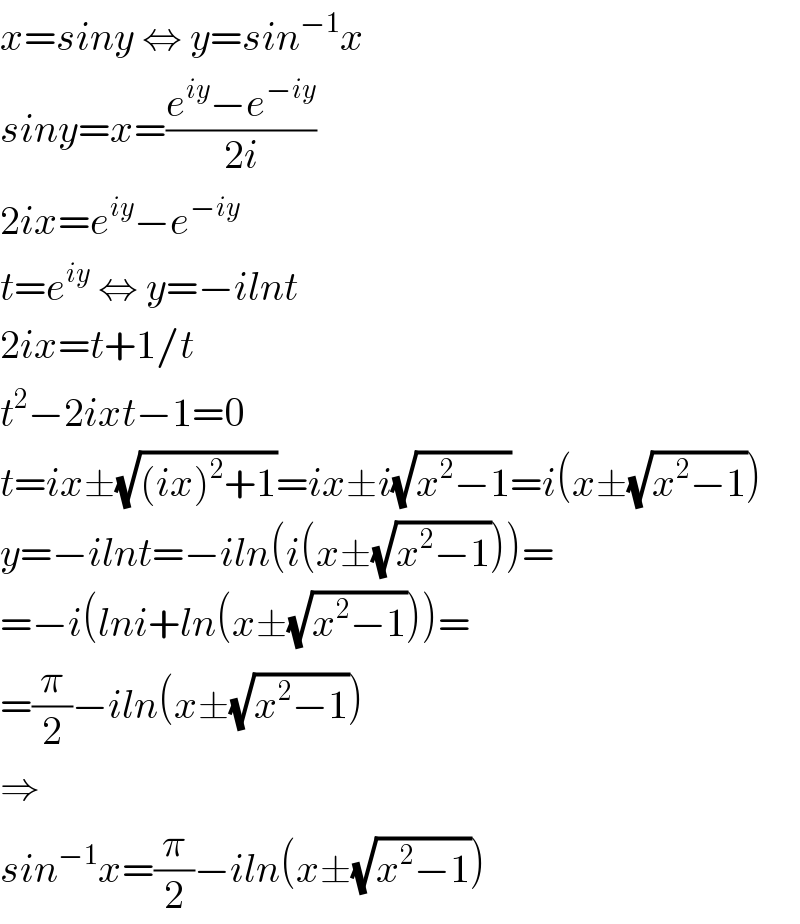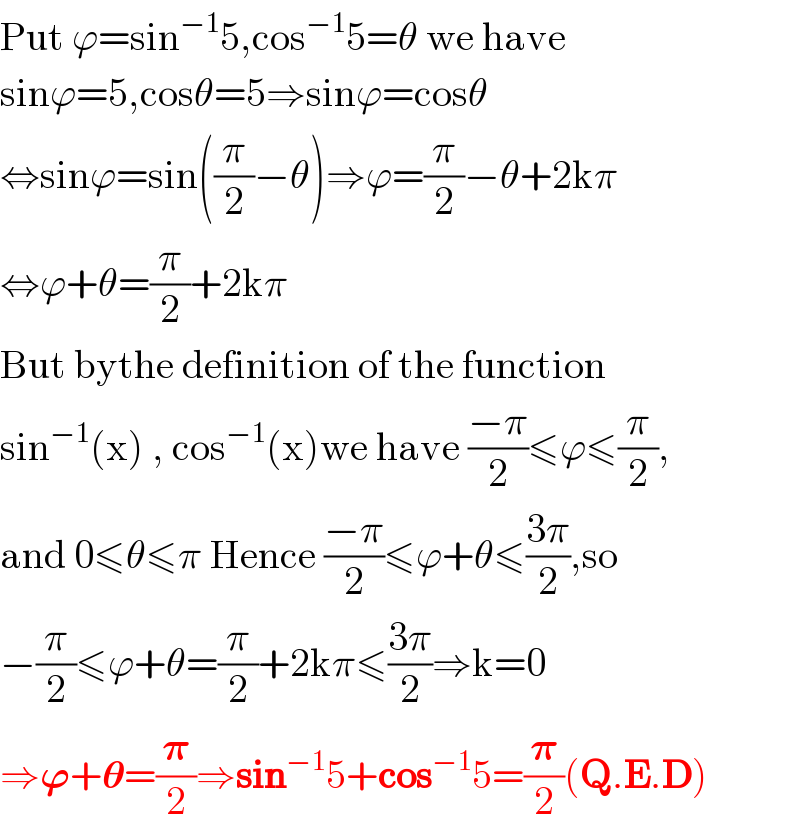
Question and Answers Forum
Question Number 110287 by mathdave last updated on 28/Aug/20

Commented by bemath last updated on 28/Aug/20

Commented by udaythool last updated on 28/Aug/20

Answered by $@y@m last updated on 28/Aug/20

Commented by $@y@m last updated on 28/Aug/20

Answered by Her_Majesty last updated on 28/Aug/20

Commented by $@y@m last updated on 28/Aug/20

Commented by Her_Majesty last updated on 28/Aug/20

Commented by $@y@m last updated on 29/Aug/20

Commented by Her_Majesty last updated on 29/Aug/20

Commented by Her_Majesty last updated on 29/Aug/20

Answered by 1549442205PVT last updated on 29/Aug/20

